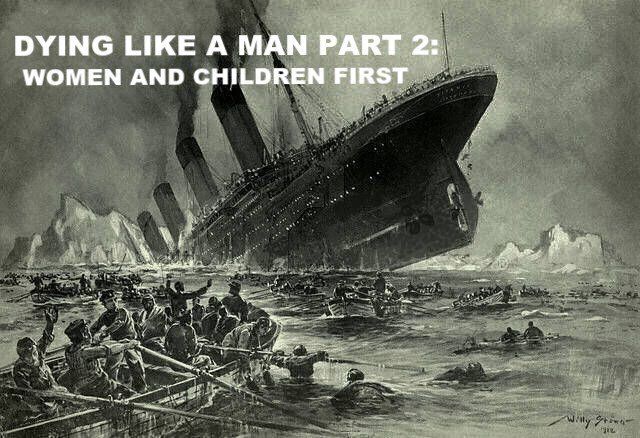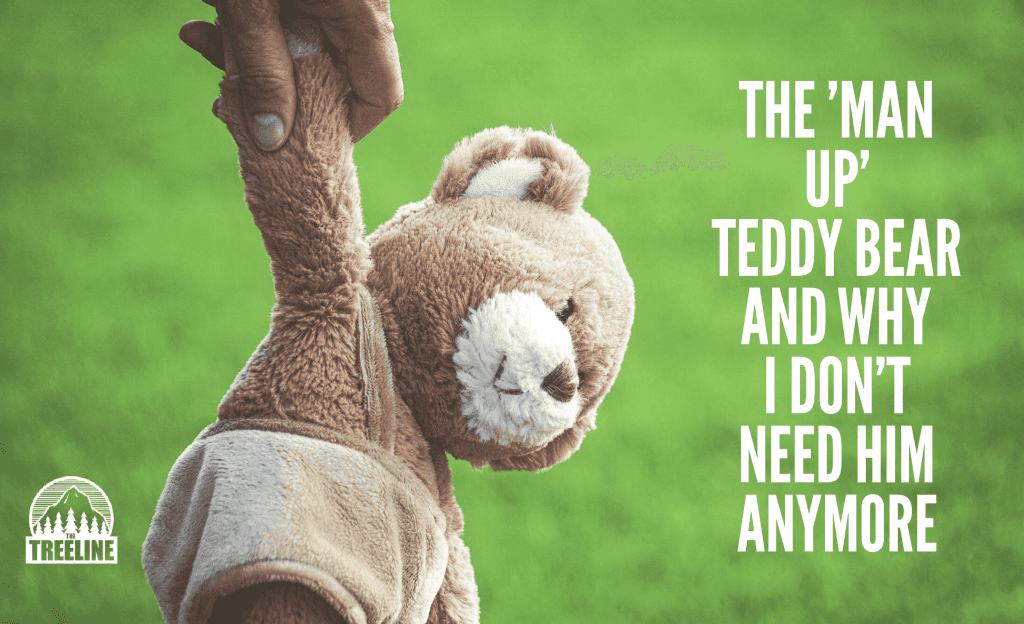Fire and 5 steps to real resilience

Peter Elfred Freuchen was a Danish explorer and war time resistance fighter who rode a dogsled across the Greenland ice cap, killed a wolf with his bare hands and escaped from the clutches of the Nazis at the height of the Third Reich.
In 1926 during one of his Arctic expeditions, Freuchen was caught in a blizzard, so he took cover beneath a dog sled. But the snow and ice overtook him and he was left trapped for days.
The shelter became a cocoon of ice so tightly packed around him that he could barely move, a situation made worse by the fact his breath began to condense into ice. Using his own frozen faeces as a chisel he carved his way out to escape his freezing shelter.
Once outside, he realized one of his legs was no longer working so he crawled for three hours back to base camp. On his arrival he discovered that gangrene had set into his toes so he amputated them with a pair of pliers and no anesthetic.
It’s an epic tale of derring do but we shouldn’t confuse it with resilience. Resilience is not some sort of death or glory, ‘rather die than quit’, hell and back, journey to success or oblivion.
Instead it’s the ability to adapt to challenging circumstances.
It’s bouncing back after we’ve struggled, faltered, or blown it completely. It’s about reminding ourselves what our best looks like even when we feel at our worst. It’s recognising that it’s OK to get mad when it all goes wrong but that it’s not OK let it deflect us.
In short, resilience is NOT about being ready to go down with the ship.
If we want to cultivate resilience then we need to seek out not only the sort of learning and growth opportunities that allow us to draw out useful experience and memories, and to do so in an environment that is both physically and mentally stimulating - the outdoors. It’s going to be an immensely powerful combination.
But we’re not going to simply create adversity so we can cheerfully and positively bounce back from it. If we wanted to do that there are numerous self sabotage opportunities out there.
No, in the outdoors you are totally responsible for your situation and how you deal with what happens to you. What is more, there will almost always be something you can do to improve it. You can put up a shelter to keep the rain off, you can light a fire to keep you warm. You can gather resources to sustain it, to insulate the ground underneath you, make various items of camp equipment or navigate yourself to a more favourable location.
Just through the simple act of finding shelter you have demonstrated your own ability to dramatically improve your circumstances in a way that is hard to replicate anywhere else. But there’s more.
1 Making fire
As a species its our most game changing discovery and perhaps that’s why, when a fire we’ve laboured to build comes to life, it’s like we do too. It takes time, effort, knowledge and patience to gather the the resources, process them, then ignite and maintain the fire, particularly in winter, but when we get it right we feel the benefit almost immediately. So does everyone else around us.
2 Shedding excess baggage
The natural environment has a way of steering us down the path of what we actually need to do in order to stay healthy and productive or to achieve our objectives.
Amazingly you can meet all your needs with what’s in your rucksack, even for an extended stay in the wilderness and perhaps even more surprisingly you can sometimes be happier and more fulfilled as a result.
So get brutal. What elements of your life bring you joy and get you closer to your objectives? Which ones don’t? Can you unload any of them?
3 Gratitude
The practice of gratitude is one of the most time-tested and proven methods for enhancing resilience. Gratitude helps people feel more positive emotions, relish good experiences, improve their health, deal with adversity, and build strong relationships. That being the case it’s a wonder we make so little conscious effort to experience it.
If there is a better way to appreciate having a roof over my head than spending time in nature I haven’t found it yet. The more wild and inhospitable it gets the more I appreciate my couch and TV when I get back to them.
The outdoors has a way of staying beautiful through the worst of wild wind and weather. If you’ve ever watched a storm roll in over the city of Glasgow from the heights Cathkin Braes or experienced fifty mile an hour winds on the footway of the Erskine Bridge you’ll know what I mean.
Besides, if you do find yourself on the couch, chin on chest, watching the TV when you get home, well, you’ve had the best of it and you have much to be grateful for!
4 Journalling
Writing is a physical act that engages body and mind it also builds self-awareness, encourages learning, and opens the door to adaptability.
Naturalist John Muir was a prolific writer and kept a journal with him at all times on the trail to record his observations and make sketches. Of course, he had no other way to do it, something that was brought home to me last winter when I left my phone behind when setting out for an overnighter in the forest.
Instead of taking pictures of my campfire, shelter etc for social media upload I was able to use a notebook and candle lantern to jot down my thoughts as they came and in so doing I was able to capture the events and experiences of the day in objective language, and take note of my own reactions to them. Most importantly it was a chance to reflect on what lessons I could take away.
I’ve done it many times since and my ‘Overnighter Journal’ is both a record of the technicalities of wild camping in Scotland and of my uninterrupted reflections of progress towards in my goals in other areas of my life.
I was reminded of all the adventurers, travellers, soldiers and explorers of fact and fiction that I’d read about since I was a kid.
5 Bringing it home
Resilience is not being awesome all the time but it does have a lot to do with remembering who we are on our best day. Sometimes we lose sight of that and it can be useful to have something with which to remind ourselves.
If you use social media you might have noticed that certain people love to share quotes from famous/ worthy/ wealthy/ beautiful people. Often they are accompanied by images from nature; people on mountain tops, people on beaches at sunset, desert highways and forest trails.
They are a pleasing juxtaposition of stirring words and an inspiring picture and they are almost always correct (in as much as trying harder is a good idea, getting angry is a bad idea and being successful is, well, nice). So why do so few people ever tell you how a quote changed their life?
My theory: Somebody else’s wisdom, however neatly packaged, will never carry as much weight as a discovery or moment of self validation that we arrive at by our own efforts.
That, and the fact that if were truly inspired but what we’d just read we wouldnt keep scrolling but we almost always do.
If you go into the outdoors and it makes you feel great then how big of a leap would it be to take a picture of yourself? Better yet, with your own words underneath. Even if you’re not perched atop a lofty summit it will be a picture of you looking joyful, strong and resilient and reminding yourself why that is. It might be you sitting beside the fire you made, or in the downpour you decided to go out in, or with a dramatic sunset behind you. It might also be you at the end of a really bad week, at the end of a relationship, at the start of a time of uncertainty.
You on your best day, you overcoming, battling through, you being resilient. These are your meme moments. Don’t wait for that next Tony Robbins/ Gandhi/ Steve Jobs/ quote to float up in your timeline. Get out there.












